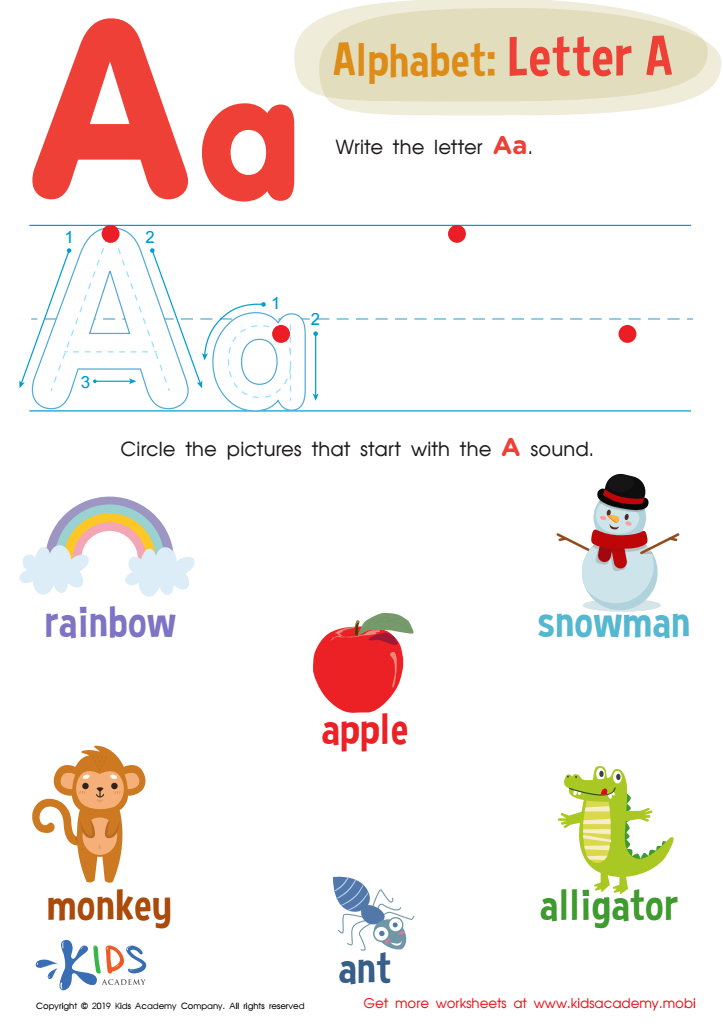Alphabet tracing Normal Letter Recognition Worksheets for Ages 5-8
5 filtered results
-
From - To
Discover our Alphabet Tracing Normal Letter Recognition Worksheets designed specifically for children ages 5-8. These engaging and educational worksheets are perfect for helping young learners master the alphabet through enjoyable tracing activities. By practicing both uppercase and lowercase letters, children can enhance their handwriting skills while improving their letter recognition. As they trace and write, they'll develop essential fine motor skills and build a solid foundation for successful reading and writing. Ideal for both classroom and home use, our worksheets make learning the alphabet fun and effective. Jumpstart your child's literacy journey with Kids Academy's expertly designed resources today!


Letter P Tracing Page


Letter Q Tracing Page


Letter H Tracing Page


Letter A Tracing Worksheet


Letter D Tracing Page
Alphabet tracing and letter recognition are fundamental skills for children aged 5-8 and play a crucial role in early literacy development. Both parents and teachers should recognize the importance of these activities as they serve as building blocks for reading and writing expertise.
Alphabet tracing requires children to practice the fine motor skills needed for writing. This helps in developing hand-eye coordination, pencil grip skills, and the muscle memory necessary for forming letters correctly. By repeatedly tracing letters, children become familiar with the shapes and forms of each letter, a process vital for writing legibly and efficiently.
Letter recognition, on the other hand, enhances a child's ability to identify and differentiate each letter, which is critical as they begin to read. Knowing the letters by sight can significantly speed up the development of phonemic awareness, the ability to hear, identify, and manipulate phonemes—the smallest units of sound that make up words. This, in turn, makes decoding new words easier and reading smoother, boosting a child's confidence and overall interest in learning.
Investing time in alphabet tracing and letter recognition from an early age sets a strong foundation for future academic success. It fosters not only writing proficiency but also reading comprehension skills, essential elements for lifelong learning and effective communication.
 Assign to My Students
Assign to My Students















